St. Augustine grass is a popular warm-season turfgrass known for its dense, spreading growth and ability to create a lush, green lawn in warm climates. Often referred to as “buffalo grass” in casual conversation, it’s important to note that this name commonly refers to a different species, Bouteloua dactyloides.
Belonging to the Poaceae family, this perennial ground cover thrives in USDA hardiness zones 7 through 12. Native to the southeastern United States, South America, and parts of Africa, St. Augustine grass adapts well to heat and humidity, making it a staple for residential lawns and commercial landscapes in warm regions.
With its broad, coarse blades and vigorous spread through stolons, this grass forms a thick, carpet-like lawn that can crowd out weeds when properly maintained. Its ability to cover large areas quickly makes it a preferred choice for homeowners seeking a low-maintenance, attractive lawn in warmer zones.
| Common name | St. Augustinegrass, St. Augustine Grass |
| Botanical name | Stenotaphrum secundatum |
| Family | Poaceae |
| Species | secundatum |
| Origin | Southeastern U.S.A., South America, Africa |
| Life cycle | Perennial |
| Plant type | Ground Cover |
| Hardiness zone | 7, 8, 9, 10, 11, 12 |
| Sunlight | Dappled Sunlight |
| Maintenance | High |
| Soil condition | Clay |
| Soil ph | Acid |
| Drainage | Moist but Well-Drained |
| Growth rate | Slow |
| Spacing | Less than 12 in. |
| Harvest time | Fall |
| Flowering period | Fall |
| Leaf color | Blue |
| Fruit type | Caryopsis |
| Garden style | Native Garden |
| Uses | Coastal |
I. Appearance and Characteristics
St. Augustine grass (Stenotaphrum secundatum), also known as buffalo turf in Australia and buffalo grass in South Africa, is a species of grass in the family Poaceae. It is a warm-season lawn grass that is popular for cultivation in tropical and subtropical regions. It is a medium- to high-maintenance grass that forms a thick, carpetlike sod, crowding out most weeds and other grasses.
St. Augustine is a dark green grass with broad, flat blades. It spreads by aboveground stolons, commonly known as “runners”, and forms a dense layer.
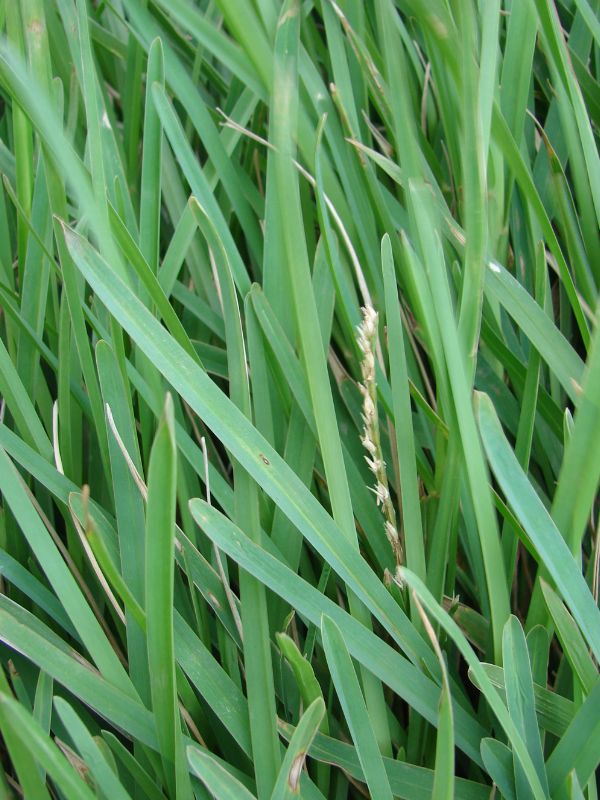
The grass occurs on both sides of the Atlantic Ocean, including much of the southeastern United States, Texas, Mexico, and Central and South America. It has escaped cultivation in California, Hawaii, many Pacific islands, South Africa and New Zealand.
St. Augustine grass occurs in most Caribbean and Mediterranean areas. It grows best in tropical climates. It is often seen in lagoons and marshes, on shorelines, and wherever there is a good amount of moisture.
II. How to Grow and Care
Sunlight
St. Augustine grass prefers full sun but can also tolerate some shade. But, for best results, grow St. Augustine grass in full sun. Of the warm-season grasses, St. Augustine grass is the most shade-tolerant.
Temperature and Humidity
St. Augustine grass handles heat and humidity well, which is why it is popular in regions such as the American Southeast.
Watering
St. Augustine grass should be freely watered during the growth period. Monitor it for any color changes and if you see it start to bend to one side and turn a shade of grey-blue, then that is a sign that it needs watering. Hydrated Buffalo grass is usually dark green and upright.
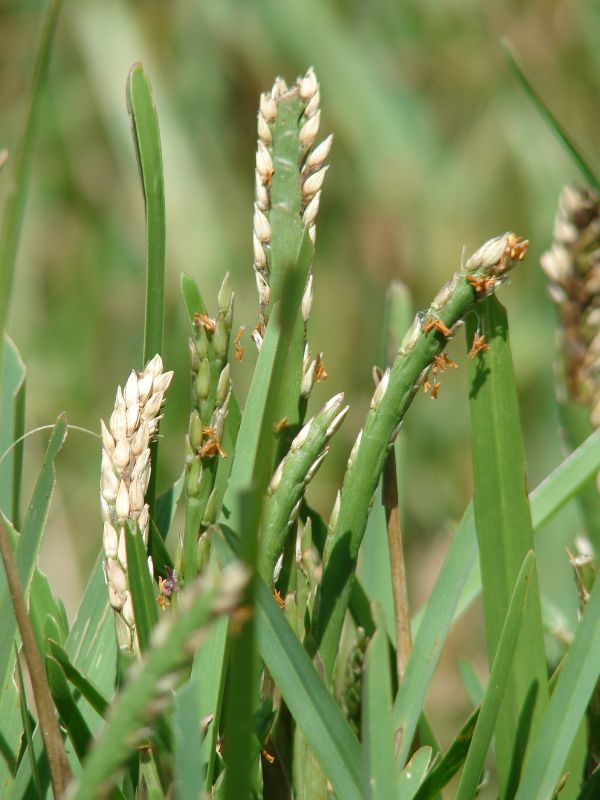
Soil
Provide St. Augustine grass with good drainage. A good garden loam works well.
Fertilizing
St. Augustine grass performs best if fertilized regularly, on a schedule. Fertilize it initially in spring after it has finished greening up. During the summer, maintain a fertilizing schedule such that you feed it every 6 to 8 weeks. Any all-purpose grass fertilizer will be sufficient, but be careful to follow the application instructions on the package.
Propagation
St. Augustine grass has traditionally been propagated via sod (plugs), and it is in this form that turf farms or their retailers sell it to homeowners and landscapers. Since St. Augustine grass spreads so vigorously via its creeping stolons, it is easy to establish it from sod. In zones 7 to 12, you can start a lawn of St. Augustine grass any time during the growing season. Space the pieces of sod 1 to 2 feet apart and water faithfully. The grass grows fast enough to bridge the gaps during the first year.
How to Grow From Seed
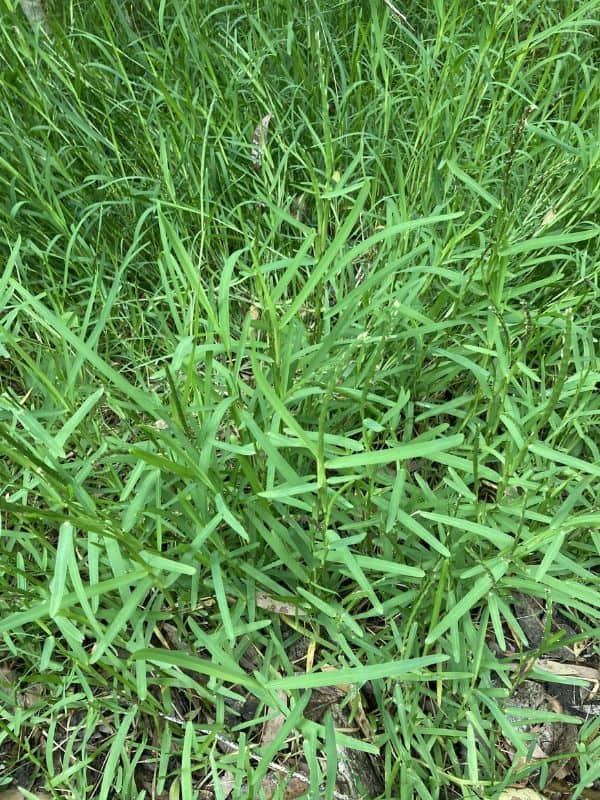
Most St. Augustine seed is naturally sterile. St. Augustine grasses do not produce enough viable seeds for commercialization. It is rare to grow St. Augustine grass from seed. But, if you are lucky enough to find the seed and want to try your hand at it, sow it in late spring to early summer. Sow 1/3 to 1/2 of a pound of the seed per 1,000 square feet. Pay special attention to keeping the ground evenly moist until you see that the grass has not only sprouted, but also begun to spread.
Overwintering
St. Augustine grass will only stay green all year if the soil temperature remains 60 F or warmer. So, unless you live in the subtropical regions of Florida and California, St. Augustine grass will turn brown in winter. As long as you are in at least zone 7, don’t worry: It’s not dead, just dormant. It will become green again when warm weather returns.
Pests and Diseases
St. Augustine grass is prone to attacks from insects and diseases.
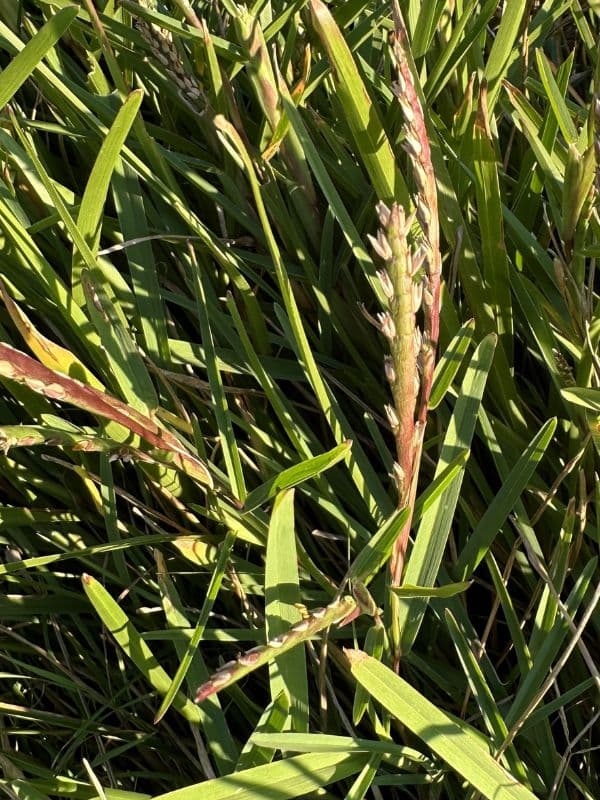
Chinch Bugs
St. Augustine grass is susceptible to infestations of chinch bugs. What makes these pests so deadly is that they do not merely eat your grass: They also inject a toxin into it. This toxin renders your grass unable to take up water properly, and the grass dies.
Prevention is the best way to control chinch bugs. Happily, the preventive measures required dovetail with the lawn care tasks you should be performing regularly (even if you don’t fear a chinch bug infestation). Since you must eliminate dryness and thatch to ward off chinch bugs, simply make sure you:
- Water as needed, especially during hot, dry spells.
- Dethatch your lawn whenever you detect substantial thatch build-up.
Downy Mildew Disease
St. Augustine grass can be attacked by downy mildew disease. You can prevent downy mildew through good garden hygiene:
- Poor air circulation promotes diseases such as downy mildew. They thrive in wet, humid environments. Aerate and dethatch your lawn as needed to foster better air circulation.
- Water early in the day so that the grass blades have time to dry before nightfall.
- Dig out and dispose of any diseased patches of sod as soon as you find them.
III. Uses and Benefits
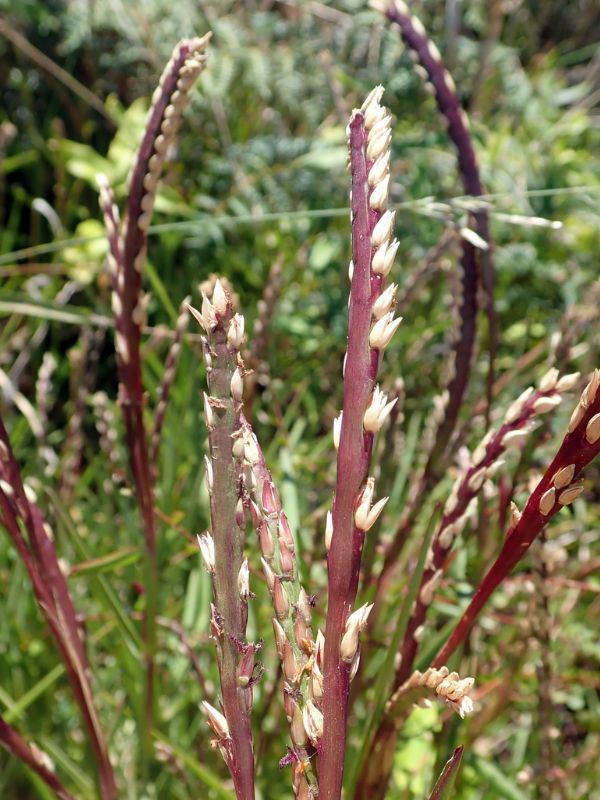
St. Augustine grass has a strong tolerance for various soil conditions from sandy to clay, and can tolerate shade and drought as well. It is often grown for lawns or ground cover, especially in coastal areas as this grass can help with soil conservation.
IV. Types of St. Augustine Grass
There are a number of different types of St. Augustine grass. Examples include:
- Floratine: offers narrower blades, for a finer texture
- Floratam: a chinch bug resistant selection, but not as cold-tolerant
- Seville: This selection offers both a finer texture and resistance to chinch bugs, but it also lacks cold tolerance.
Find Where to Buy the Best St. Augustine Grass (Stenotaphrum secundatum)



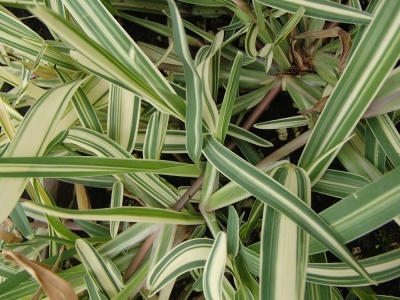

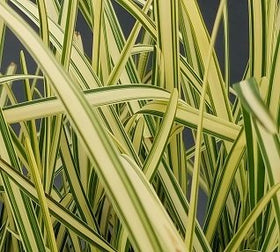




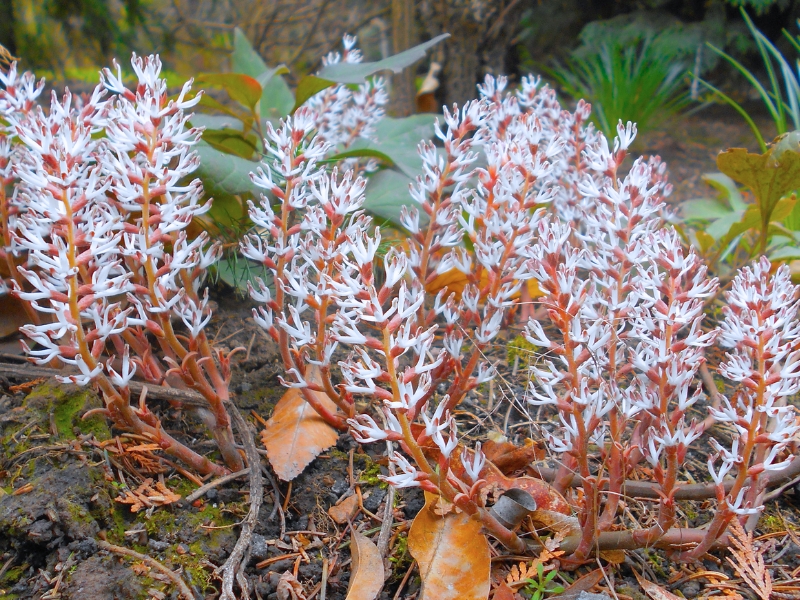
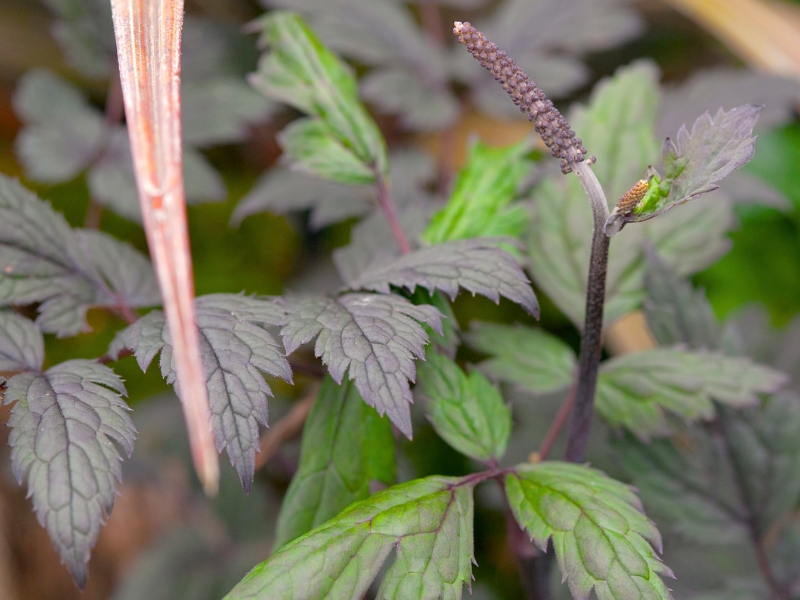
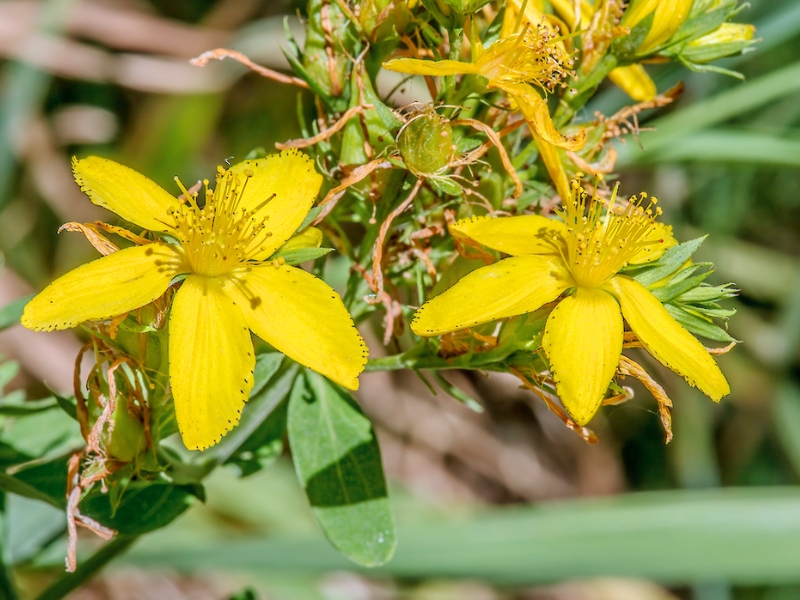
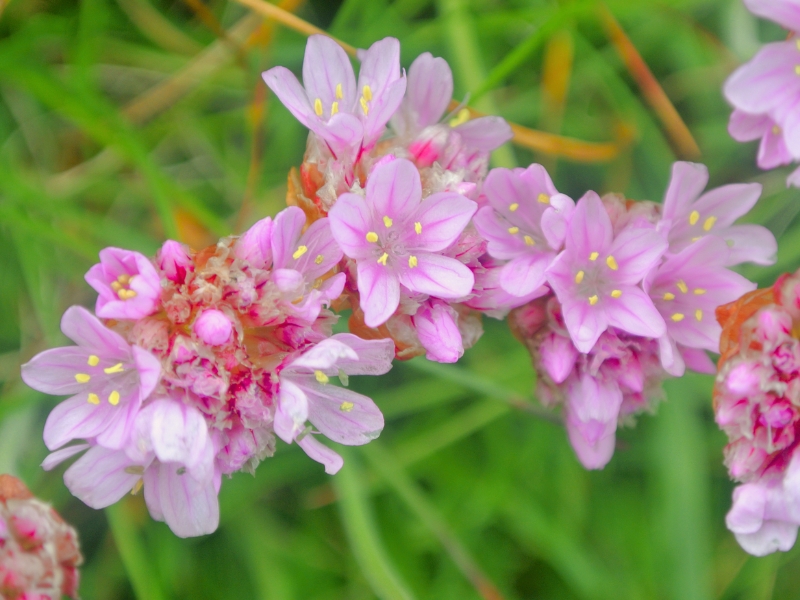
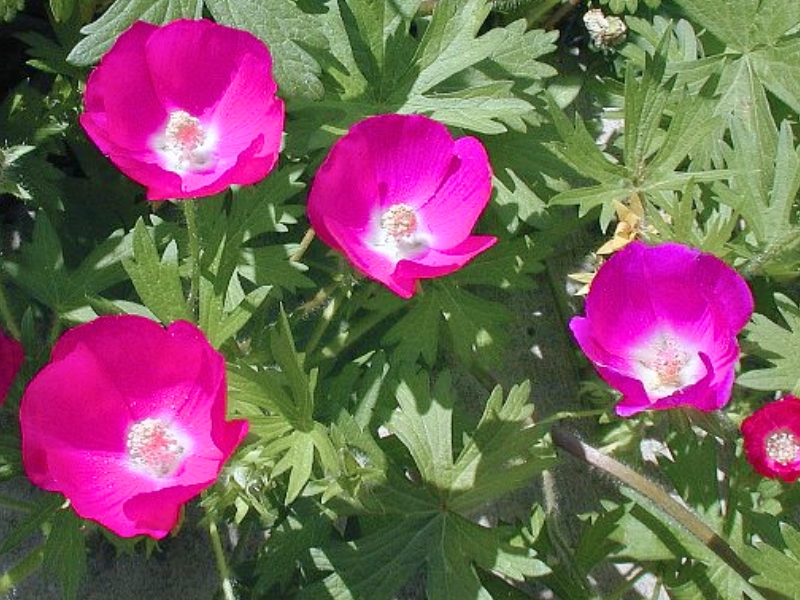
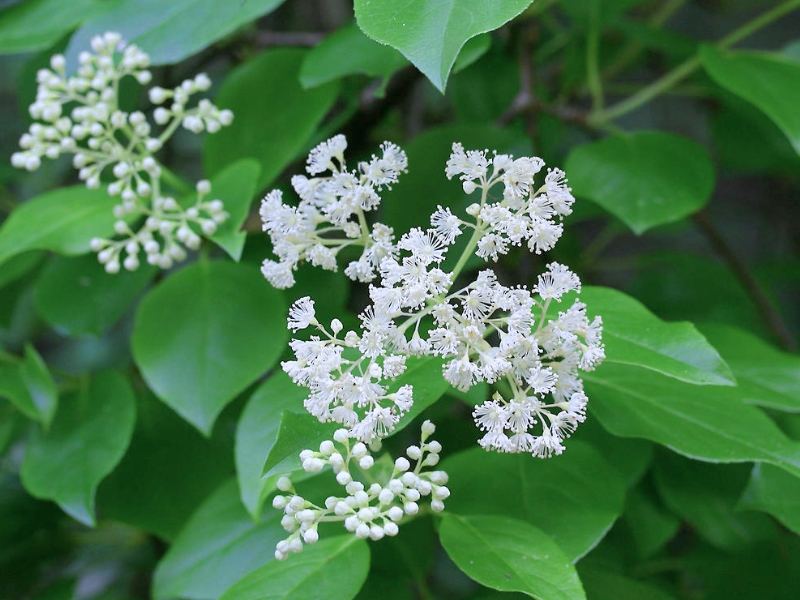
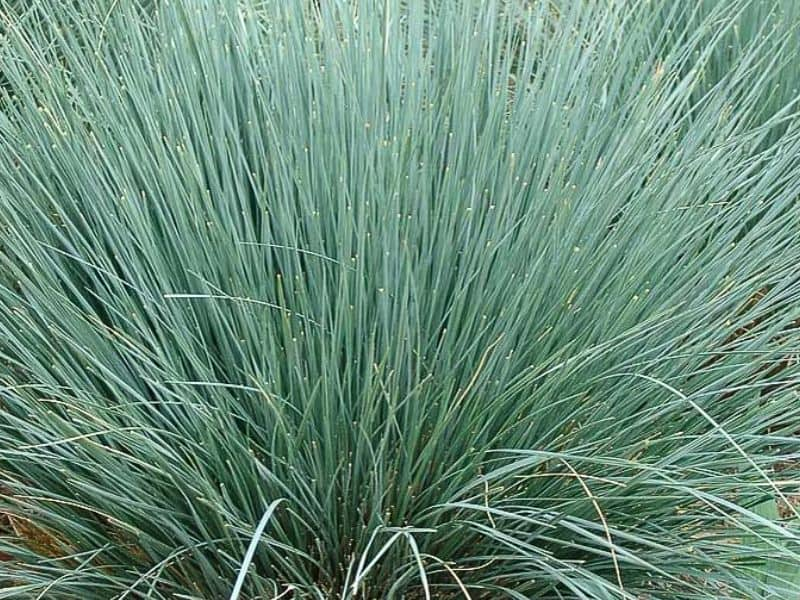
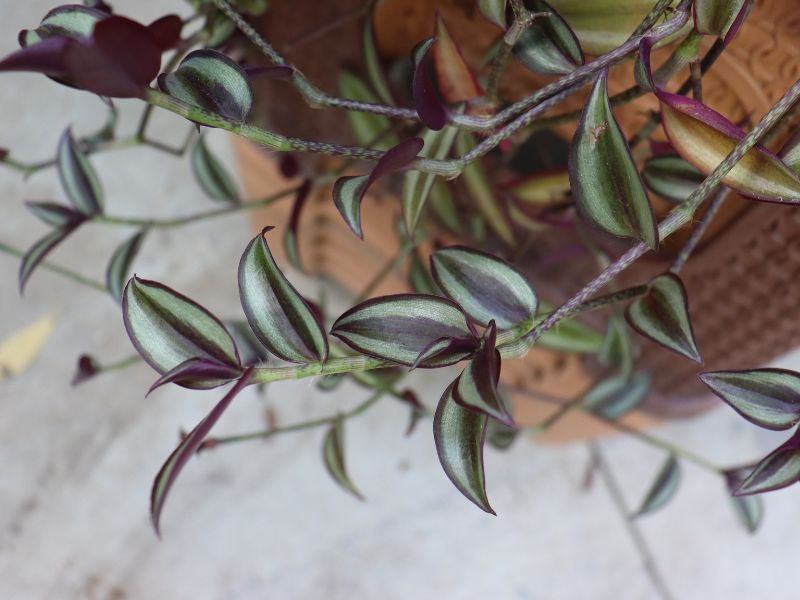
Leave a Reply